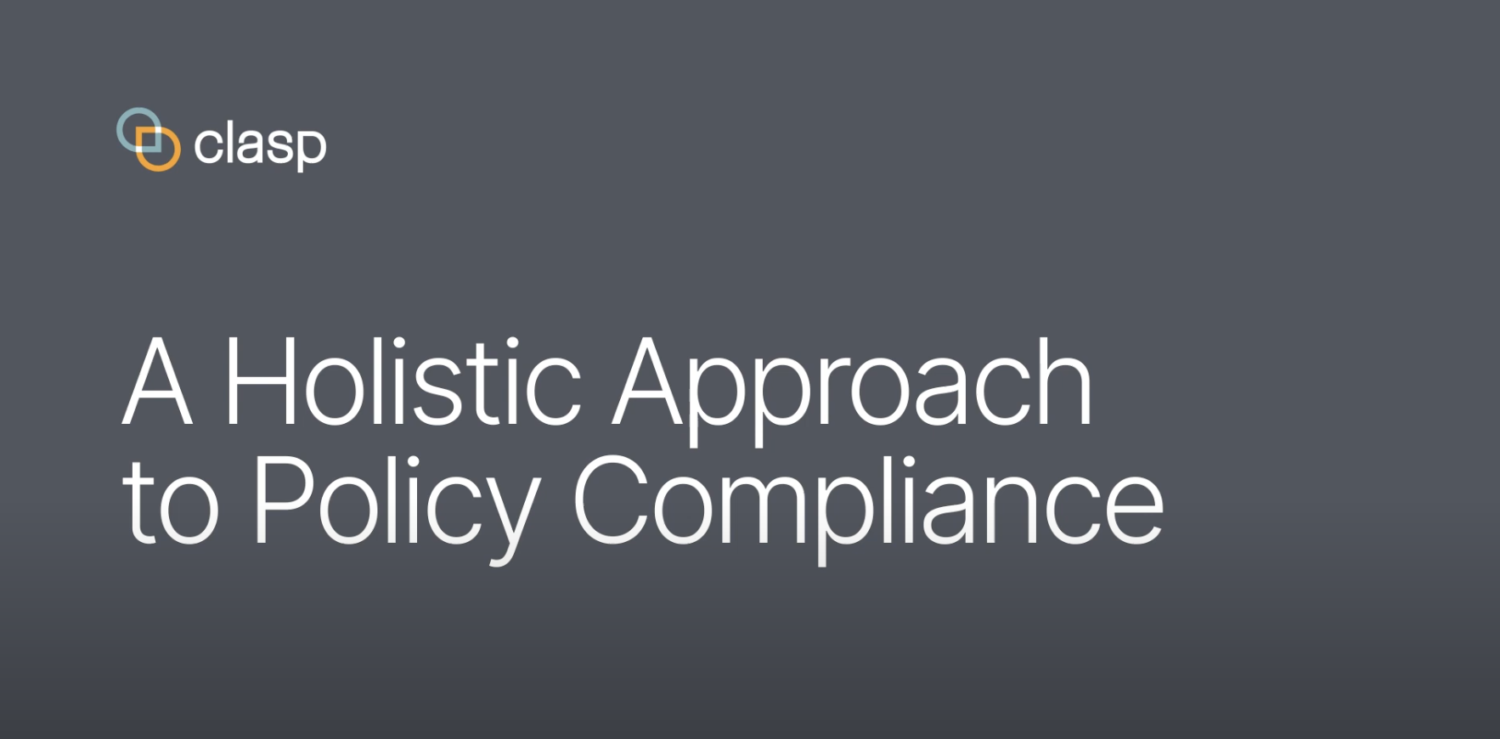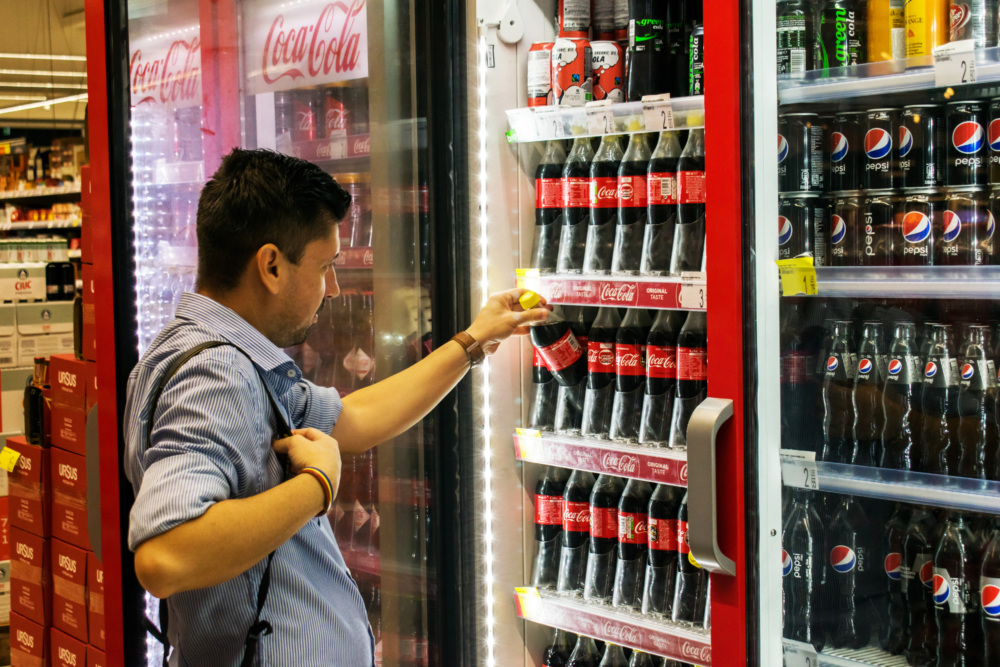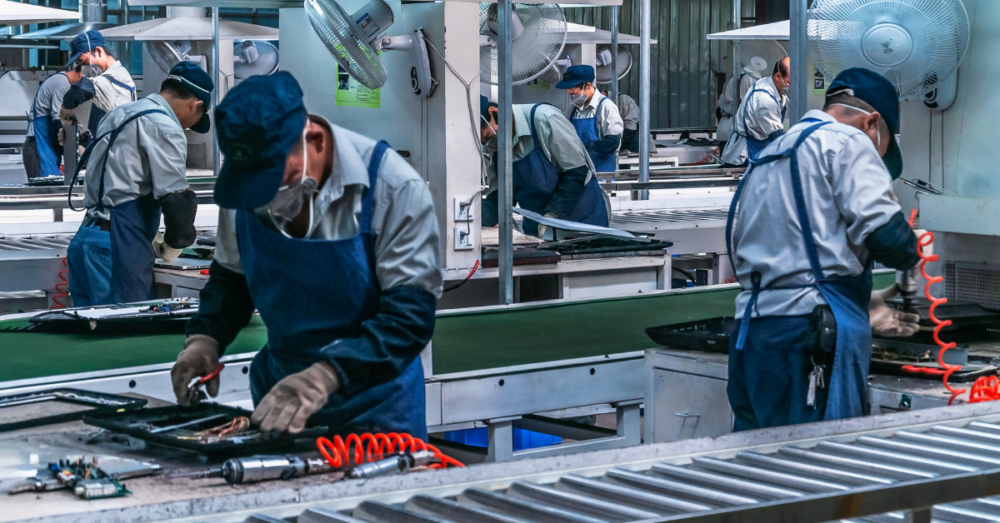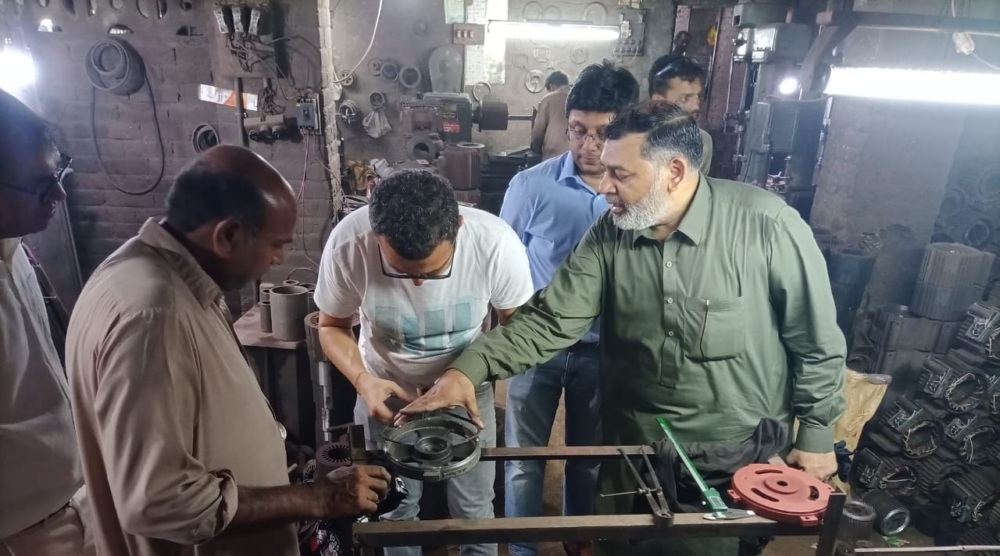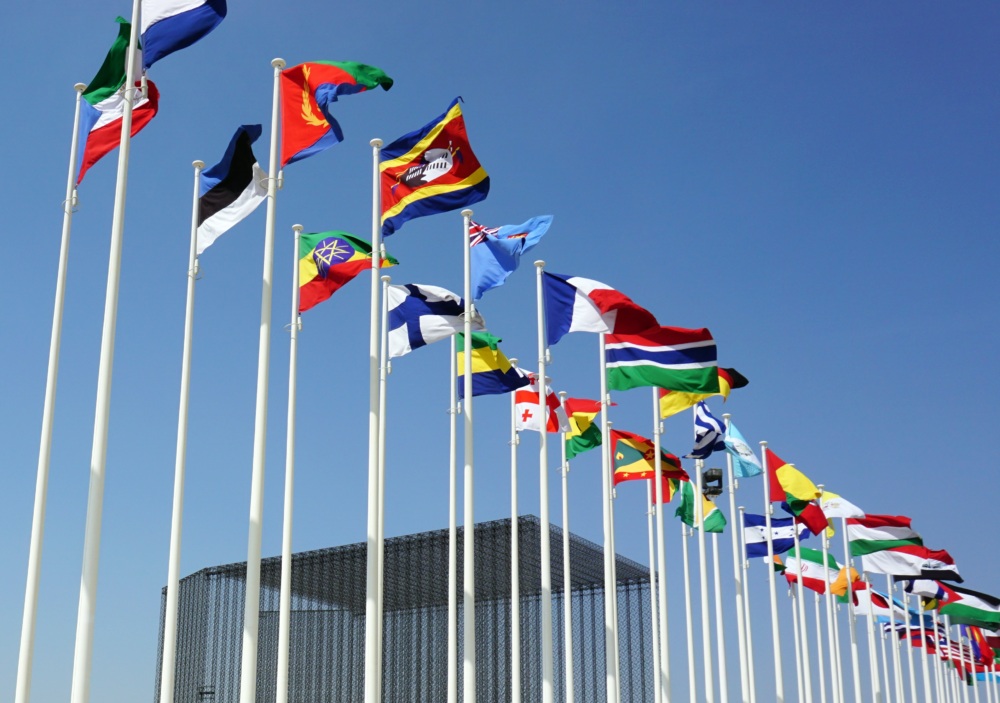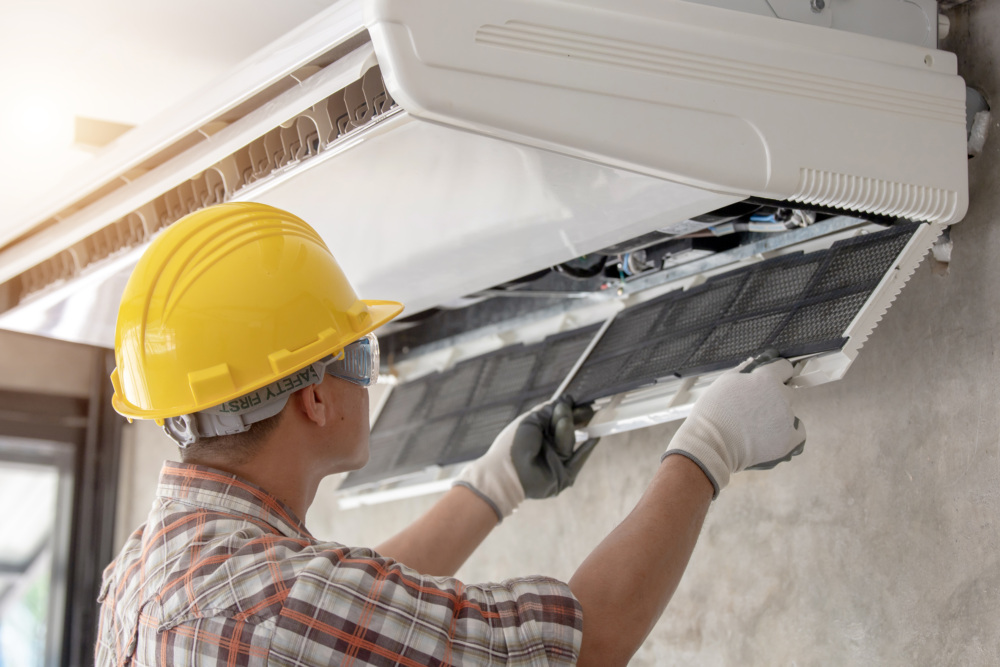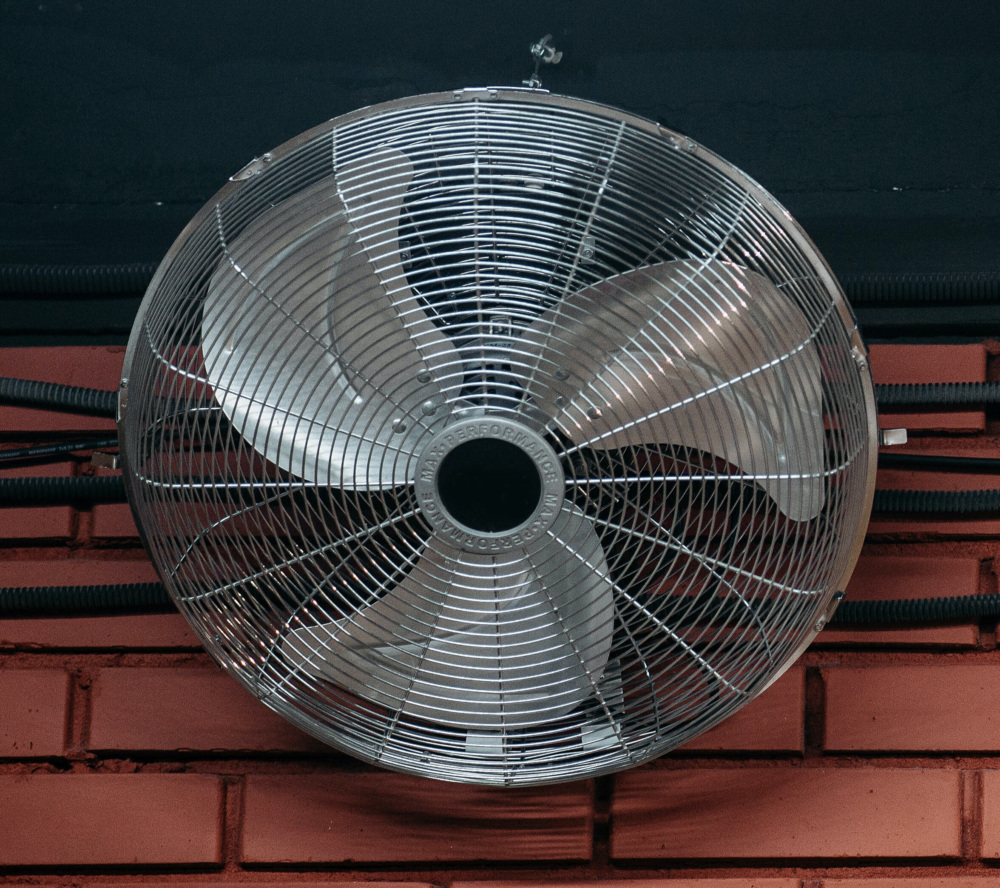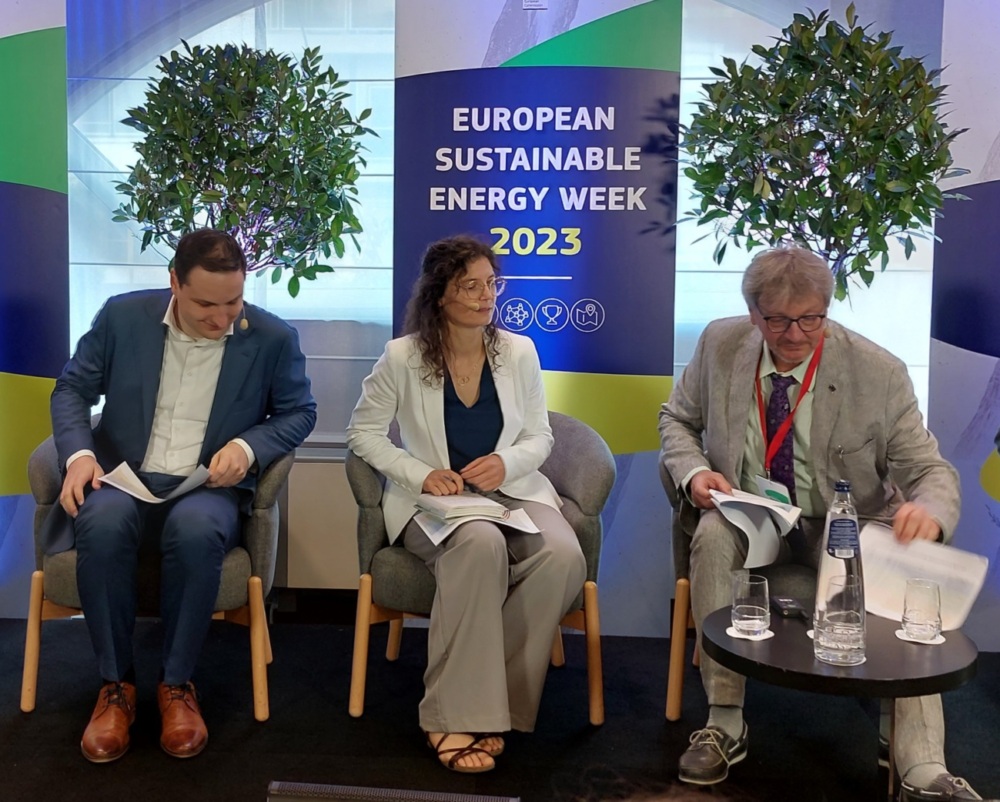Why Compliance Counts
Emphasizing the importance of clean energy solutions and appliance efficiency and quality policies are at the core of CLASP’s work. One step that is often overlooked in the energy efficiency sector is compliance, a critical activity that helps governments protect the anticipated benefits of efficiency policies for consumers, the market, and the planet.
Emphasizing the importance of clean energy solutions and appliance efficiency and quality policies are at the core of CLASP’s work. We engage with governments, partners and consumers to ensure our efforts deliver positive impacts around the globe. One step that is often overlooked in the energy efficiency sector is compliance, a critical activity that helps governments protect the anticipated benefits of efficiency policies for consumers, the market, and the planet.
Compliance is the process by which governments create checkpoints for products on the market to ensure they adhere to performance and quality regulations. Through conformity assessments, market surveillance and enforcement activities, governments can safeguard policy impacts by protecting markets from inefficient products that do not meet efficiency standards.
In countries with limited or non-existing compliance programs, companies and manufacturers might not be aware of or understand how to comply with requirements. A lack of robust compliance activities can also permit less scrupulous companies to make false product performance claims, allowing them to profit by selling inefficient and poor-quality equipment. This can lead to unfair competition, disrupted markets, reduced trust in government’s programs and failure to achieve anticipated climate targets.
A Holistic Approach to Policy Compliance
Market surveillance projects in the European Union have shown that non-compliance is a significant issue, threatening the benefits of European appliance energy efficiency policies. In 2019, the European Commission estimated that, overall, around 10-25% of products sold on the market were non-compliant, resulting in an estimated 10% decrease in energy savings – equivalent to the annual electricity consumptions of Sweden and Hungary combined.
Protecting the People
The value of product energy efficiency and quality policies for consumers and industry is far reaching. Successful compliance activities around efficiency standards can lead to reduced utility costs and improved quality of life for consumers. As a result, consumers have greater trust in government energy efficiency and certification programs, and gain equitable access to high-quality equipment. In turn, compliance programs facilitate competitive market growth and motivate the private sector to innovate and supply efficient, high-quality equipment for all.
Off-grid solar (OGS) products – solar lanterns and solar home system kits up to 350 watts peak (Wp) – are critical in improving livelihoods and creating income-generating opportunities, especially for poor and vulnerable communities who make significant personal investments in the technology. In 2018, an estimated 71% of OGS products under 10 Wp in the global market were not quality verified nor subjected to any standards. Without standards and compliance measures in place, products of varying quality and durability inundate markets, undermining consumer confidence in OGS products.
A similar dynamic exists in the on-grid context. Cooling appliances such as comfort fans and air conditioners improve the well-being and health of communities, especially those in hot climates. A 2019 study by the National Resources Defense Council found that even with only minimal non-compliance on the global air conditioners market, electricity consumption could increase from 1 TWh in 2018 to 11 TWh in 2026, creating USD 11 billion in excess electricity costs to unsuspecting consumers. These numbers multiply with greater rates of non-compliance. The International Energy Agency projects that demand for air conditioners will grow by 40% by 2030, which makes policy compliance even more critical in ensuring that cooling appliances meet high efficiency and quality performance standards.
Protecting the Planet
Governments around the world are working urgently to cut emissions with the goal of keeping the world from the devastating effects of 1.5 degree warming. At COP26, 14 countries made ambitious commitments under the Product Efficiency Call to Action to double the efficiency of four priority products – lighting, air conditioners, refrigerators and motors. Together, these commitments have the potential to avoid 4.2 Gt of CO2 emissions over next 10 years. It is imperative that these governments not only transform their commitments into robust policies, but that they take strategic action to enforce them. Even a small non-compliance rate of 10% can result in missing the opportunity to avoid emissions equivalent to that of nearly 9 million passenger vehicles annually.
There is an opportunity to support climate goals through compliance with a new global lighting standards. By phasing out inefficient compact linear fluorescent lighting (CFLs), countries around the world will avoid 26.2 metric tonnes of mercury pollution and 261.5 million metric tonnes CO2 emissions from 2025-2050, and save people $77.8 billion in lower energy bills. Governments that adopt efficient lighting policies can save money, reduce energy consumption, and prevent their markets from becoming “dumping grounds” for inefficient lighting sources such as mercury-containing fluorescent bulbs.
Well-coordinated and robust compliance enforcement will play a critical role in successful clean lighting transitions. Without these processes in place, governments risk losing out on the benefits of strong policies. For example, the CLASP Online Labeling Compliance study revealed that five years after the European Union banned the importation of incandescent lamps in 2015, the lights were still being stocked on EU store shelves, alongside halogen lights which were banned in 2018. Without ongoing compliance enforcement across the EU, inefficient technologies will remain on the market and can prevent the countries from reaching climate mitigation targets.
CLASP & Compliance
Compliance with appliance energy efficiency and quality policies is fundamental to successful policy-driven market transformation. However, governments often postpone or overlook policy compliance, because they lack the data to justify investment in enforcement activities. Determining how much funding is needed is challenging, as there is no easy way to quantify the impacts of different enforcement interventions without knowing what national non-compliance rates are.
Recognizing this challenge, CLASP developed the Non-Compliance Risk Assessment Tool, a resource to evaluate national policy compliance processes and market non-compliance risk. The Tool can help governments and other stakeholders take a first step at identifying the gaps and opportunities to improve policy compliance and enforcement. Currently, the Tool is focused on on-grid product policies but will be expanded to OGS products in the future.
We have also incorporated compliance into Mepsy, our appliance and equipment climate impacts calculator, to show how low or minimal compliance efforts can jeopardize anticipated policy impacts.
CLASP is working with numerous governments to help tailor their compliance initiatives to the needs of their citizenry. Check out CLASP’s compliance resources to learn more about all steps of the compliance processes, from design to implementation, for product quality and energy efficiency.

